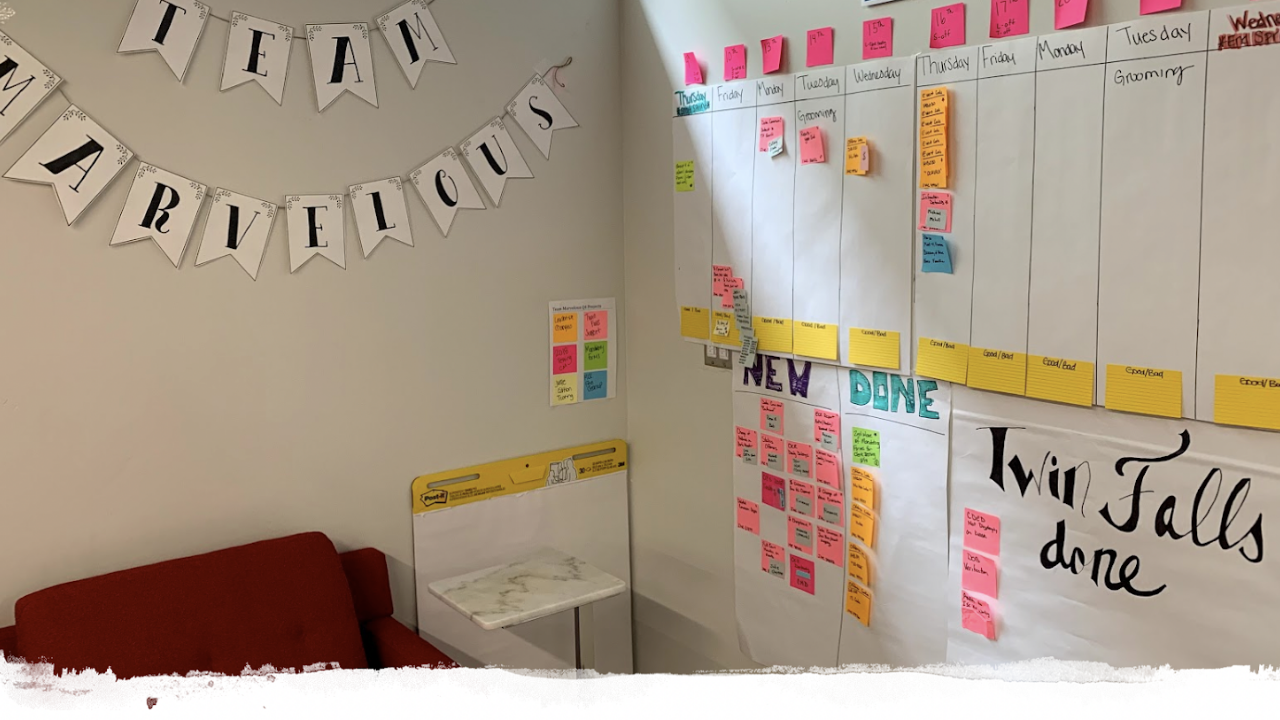What is Business Agility?

Businesses and organizations are faced with increasing demand, changing expectations, and constantly evolving requirements. Traditional models are failing to keep up. Agility is the ability to adapt quickly, run efficiently and deliver better outcomes to customers and stakeholders. Agility requires a change in the way that you think, lead and work.
A New Way of Working
Business Agility is achieved through a new way of working. In the new way of working, you embrace Lean and Agile principles to create a healthy work environment, support high-performing teams and improve outcomes for your organization and the people you serve. The change to the new way of working requires you to:
- Lead with agility - Provide clarity to purpose, intent and direction and support self-organizing teams to figure out how to achieve the goals
- Build a culture of trust - Foster a culture of collaboration, transparency, learning and experimentation
- Focus on customers and stakeholders - Engage customers and stakeholders and gather feedback from beginning to end
- Align strategy, work and capacity - Define measurable outcomes and limit work in progress so that teams can stay focused on priorities
- Improve continuously - Apply systems thinking and root cause analysis and invest in learning and growth
How to Get Started
The foundation for getting started is developing an understanding of Agile principles and gaining leadership support for the change. Educate yourself on the Agile principles, applications of Agile and the experiences of other leaders. Meet with your leadership team to discuss current challenges and consider how you might apply business agility to address the challenges.
Once you have the support of your leadership team, take an experimental approach to agility. Identify an important problem to solve and take small steps so you can quickly learn and evaluate how it is going.
- Identify the driving challenge
- Review and prioritize your challenges and select a high-priority challenge to work on
- Define the desired outcomes
- Consider what you want to achieve and define clear and measurable criteria for success
- Select one or two changes to implement
- Brainstorm ideas and select one or two Agile principles and practices to adopt
- Gather feedback and make adjustments
- Set up feedback loops, gather feedback about the change, track progress toward the success measures and make adjustments as needed
- Decide what to work on next
- Review and update your backlog of challenges and select the next change to implement


